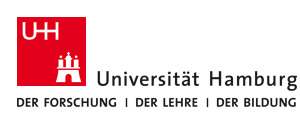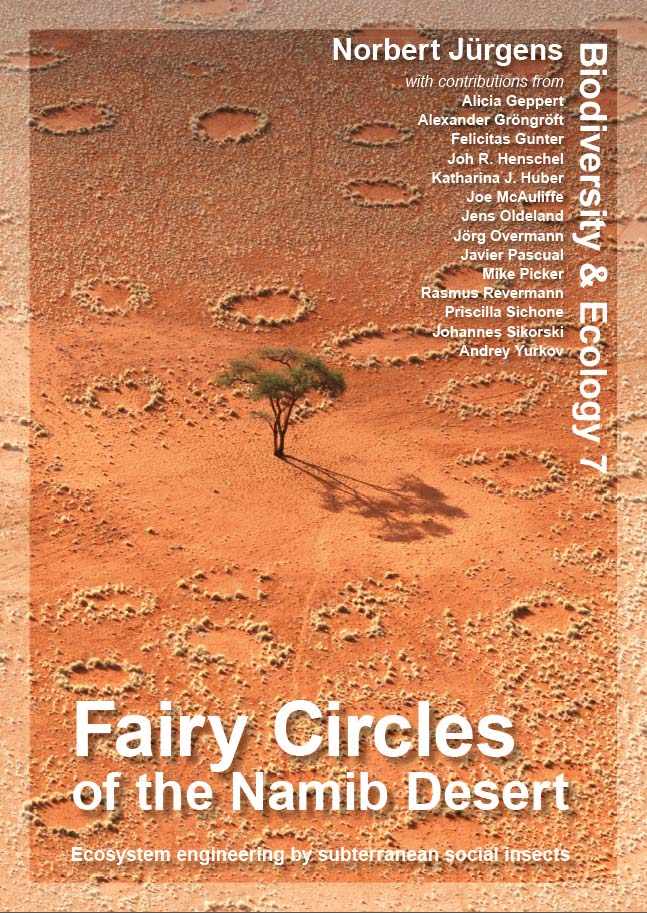
|

Department of Biology Institute of Plant Science and Microbiology |
| Division BEE > Biodiversity & Ecology > Vol.7 > Article 4.4a |
Biodiversity & Ecology
Journal of the Division Biodiversity, Evolution and Ecology of Plants , Institute for Plant Science and Microbiology, University of Hamburg.
4 Debate Book chapter 4.4 Open Access Not one but several: Morphological diversity within the sand termite Keywords: Psammotermes, Morphology, Soldier, Geometric-morphometric shape analysis, CART method Abstract: Termite species are generally identified based on morphological differences of soldiers. This approach is here applied for the sand termite species Psammotermes allocerus. By using high quality resolution images, measurements of 26 traits of head, labrum and mandibles, the CART method, as well as geometric-morphometric shape analyses of mandibles of large soldiers (> 7mm in total body lengths) a discrimination between soldiers of three geographical regions is possible. Soldiers collected from the Succulent Karoo, Southern Namib and Northern Namib differ significantly from each other. This study is a first attempt to show strong morphological variation and differentiation within the sand termite Psammotermes allocerus from the arid regions. Further research in additional geographical regions and the comparison of different development stages of soldiers are needed for a complete assessment of the morphological diversity of species.
Suggested citation: |
